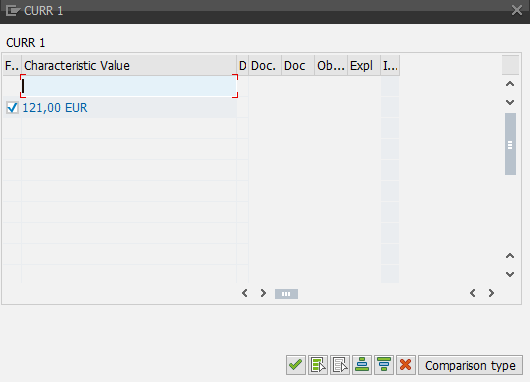Enhanced MB51 Part 3 - Get selection parameters
i_progname type sy-repid
it_seltab type rsparams_tt
method get_selection_screen_criteria.
call function 'RS_REFRESH_FROM_SELECTOPTIONS'
exporting
curr_report = i_progname
tables
selection_table = it_seltab
exceptions
not_found = 1
no_report = 2
others = 3.
case sy-subrc.
when 0.
when 1.
"raise not_found.
when 2.
"raise no_report.
when others.
"raise other_error.
endcase.
endmethod.











